Understanding Website Traffic
Website traffic is a crucial metric for any online business or website owner. It represents the number of visitors who come to your site, providing insight into your website’s reach, engagement, and overall effectiveness. Understanding how website traffic works and its importance is the first step towards implementing strategies to increase it. Increasing traffic not only boosts visibility but also improves opportunities for lead generation, conversions, and revenue growth.
What is Website Traffic
Website traffic refers to the number of visits your website receives within a specific timeframe. These visits are typically measured in sessions, with each session representing a single user’s interaction with your site. Traffic can come from various sources, including organic search results, social media, direct traffic (users typing your URL directly), referral traffic (from other websites), and paid advertising. Analyzing these sources helps you understand where your visitors are coming from and what marketing efforts are most effective.
Why is Website Traffic Important
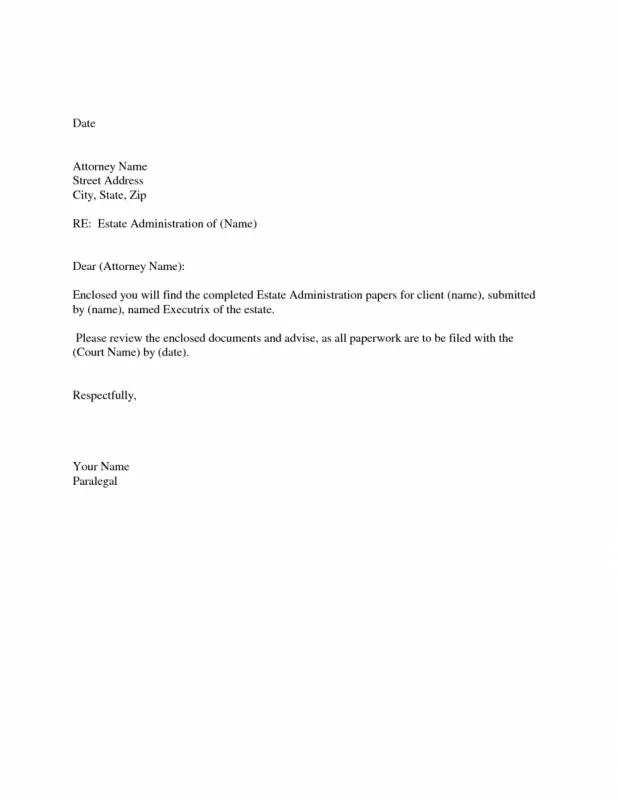
Website traffic is the lifeblood of any online venture. More traffic usually means more potential customers and more opportunities to achieve business goals. High traffic levels can lead to increased brand awareness, improved search engine rankings, and higher conversion rates. Furthermore, analyzing traffic patterns provides valuable insights into user behavior, allowing you to optimize your website for better user experience and conversion. Ignoring website traffic is like running a store and hoping people will find you without any promotion or marketing.
Proven Strategies to Boost Website Traffic
Boosting website traffic requires a multifaceted approach. It’s essential to focus on multiple areas to ensure comprehensive visibility and engagement. The following strategies, when implemented effectively, can significantly increase the number of visitors to your website and improve your online presence. Each strategy complements the others, creating a synergistic effect that drives sustainable growth.
Optimize On-Page SEO
On-page SEO involves optimizing individual web pages to rank higher and earn more relevant traffic in search engines. It includes several critical elements that search engines use to understand and rank your content. Implementing these techniques is fundamental to any effective SEO strategy and can significantly improve your website’s visibility.
Keyword Research and Implementation
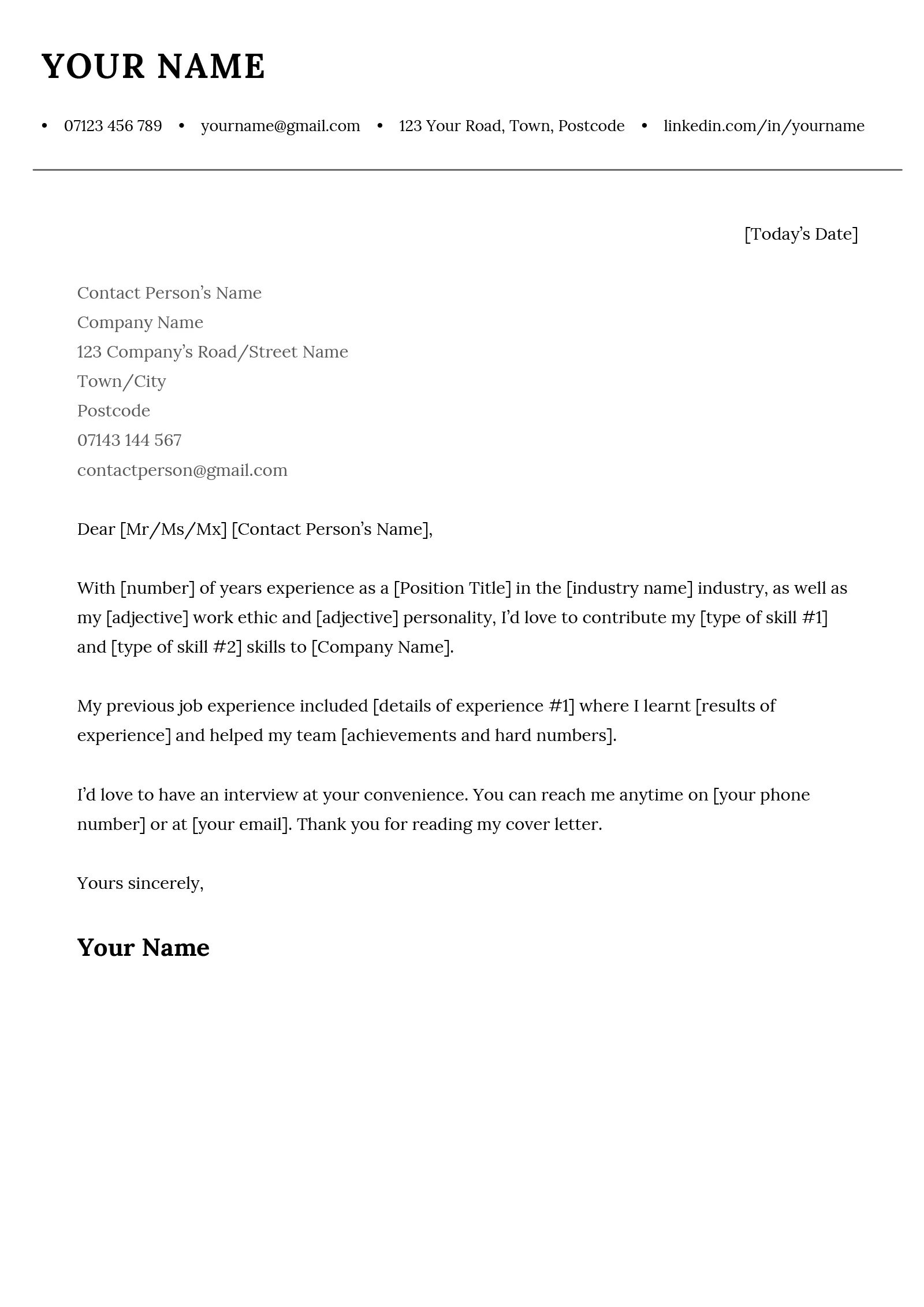
Thorough keyword research is the cornerstone of effective on-page SEO. Identifying the keywords your target audience is using to search for information related to your business is crucial. Use tools like Google Keyword Planner, SEMrush, or Ahrefs to find relevant, high-volume, and low-competition keywords. Integrate these keywords naturally within your page titles, headings, content, image alt tags, and meta descriptions to signal relevance to search engines.
Content is King
High-quality, relevant, and engaging content is vital for attracting and retaining visitors. Create informative blog posts, articles, guides, and videos that address the needs and interests of your audience. Ensure your content is well-structured, easy to read, and provides real value. Regular content updates and consistent publishing schedules can significantly improve your website’s search engine rankings and increase organic traffic.
Enhance User Experience
User experience (UX) plays a critical role in website traffic. A positive user experience keeps visitors on your site longer, encourages them to explore more pages, and increases the likelihood of conversions. Focusing on UX means making your website easy to navigate, visually appealing, and fast-loading. It is a continuous effort to improve the experience for the end user.
Improve Site Speed and Mobile Friendliness
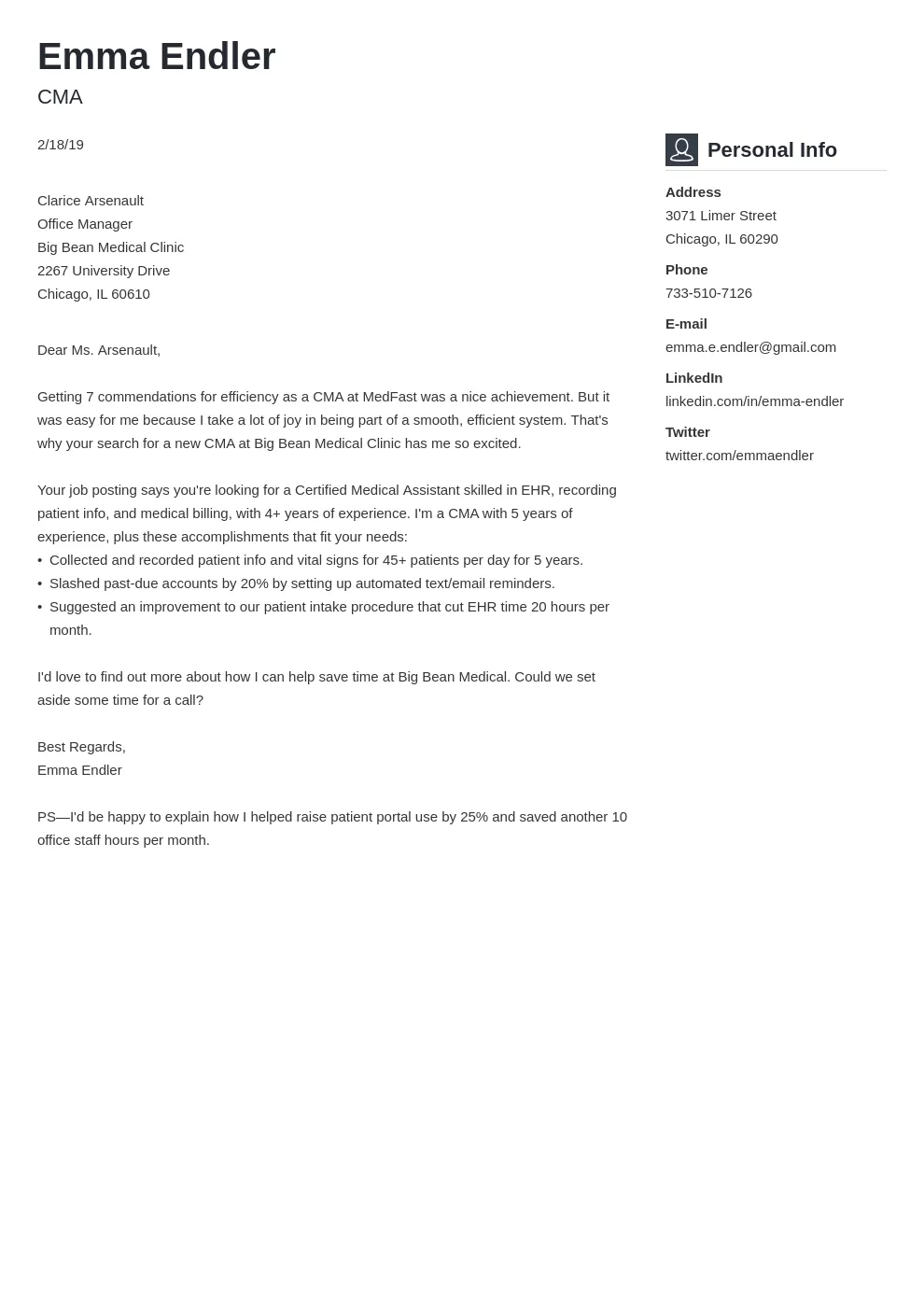
Website speed is a significant ranking factor for search engines. Slow-loading websites frustrate users and lead to high bounce rates. Optimize your site’s speed by compressing images, enabling browser caching, minimizing code, and using a content delivery network (CDN). Also, ensure your website is mobile-friendly, as a significant portion of web traffic comes from mobile devices. Use a responsive design that adapts to different screen sizes.
Optimize Site Structure
A well-structured website is easier for both users and search engines to navigate. Use a clear and logical site structure with internal linking to connect related pages. This helps search engine crawlers understand the context of your content and improves your site’s overall ranking. Implement a user-friendly menu, breadcrumbs, and a search function to enhance navigation.
Leverage Content Marketing
Content marketing involves creating and distributing valuable, relevant, and consistent content to attract and engage your target audience. It is an ongoing process that aims to build a strong brand presence and drive traffic to your website. By providing valuable content, you establish yourself as an authority in your industry, building trust and attracting a loyal audience.
Create High-Quality Content

Develop high-quality content that provides value to your audience. This could include blog posts, articles, videos, infographics, and more. Ensure your content is well-researched, accurate, and engaging. Answer your audience’s questions, solve their problems, and offer unique insights. High-quality content is more likely to be shared, attracting backlinks and increasing your website traffic.
Promote Content on Social Media
Social media is an excellent platform for promoting your content and driving traffic to your website. Share your content on relevant social media platforms, such as Facebook, Twitter, LinkedIn, and Instagram. Engage with your audience, respond to comments, and run targeted ad campaigns to reach a wider audience. Consistent social media activity will help increase your content’s visibility and drive traffic.
Implement Link Building Strategies
Link building is the process of acquiring hyperlinks from other websites to your own. It is a crucial aspect of SEO, as backlinks are a significant ranking factor for search engines. Building high-quality backlinks from reputable websites can significantly improve your website’s authority and drive organic traffic. Focus on obtaining links from relevant and authoritative sites in your industry.
Guest Blogging Outreach
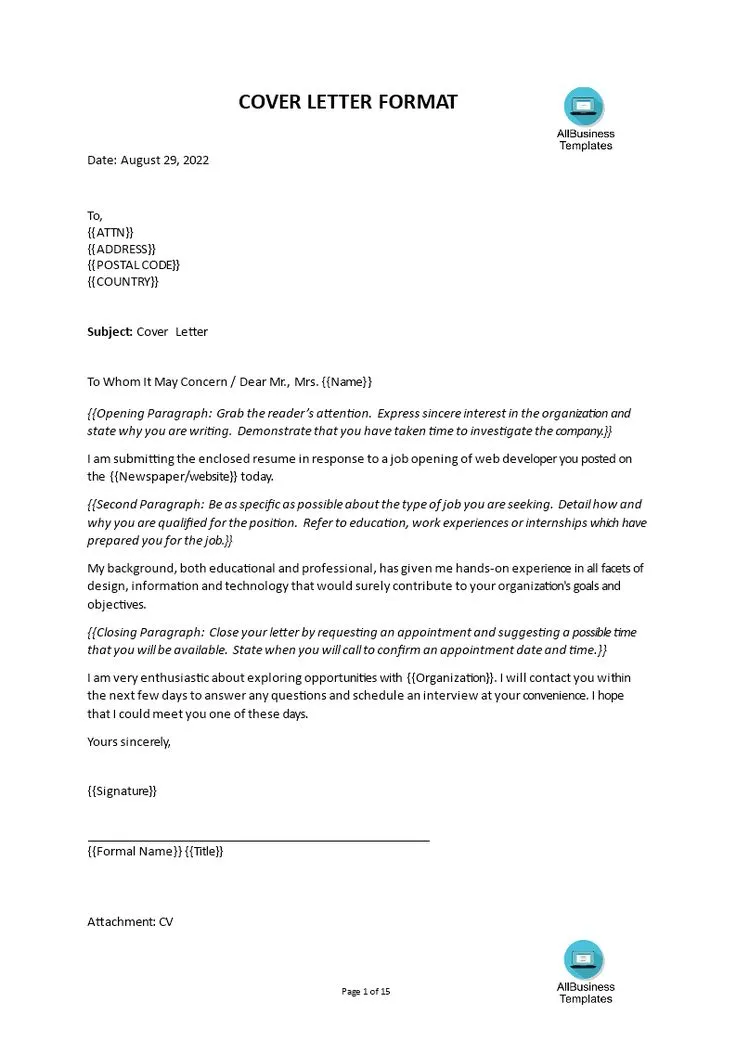
Guest blogging involves writing articles for other websites in your industry. This provides an opportunity to reach a new audience and obtain backlinks to your website. Research websites that accept guest posts and pitch them with high-quality content ideas. Include a link to your website within the author bio or the body of the article. Guest blogging is an effective way to increase your website’s visibility and establish yourself as an expert.
Broken Link Building
Broken link building involves finding broken links on other websites and offering your relevant content as a replacement. Use tools like Ahrefs or SEMrush to identify broken links. Contact the website owner and inform them of the broken link, offering your content as a suitable replacement. This strategy can help you earn backlinks and provide value to other website owners. Ensure the content you offer is of high quality and relevant to the broken link.
Utilize Social Media Marketing
Social media marketing is the use of social media platforms to connect with your audience, build your brand, and drive traffic to your website. It’s an essential part of any comprehensive marketing strategy. Active participation on social media can significantly improve your website’s visibility and attract a wider audience. Building a strong social media presence requires consistency, engagement, and a clear understanding of your target audience.
Choose the Right Platforms
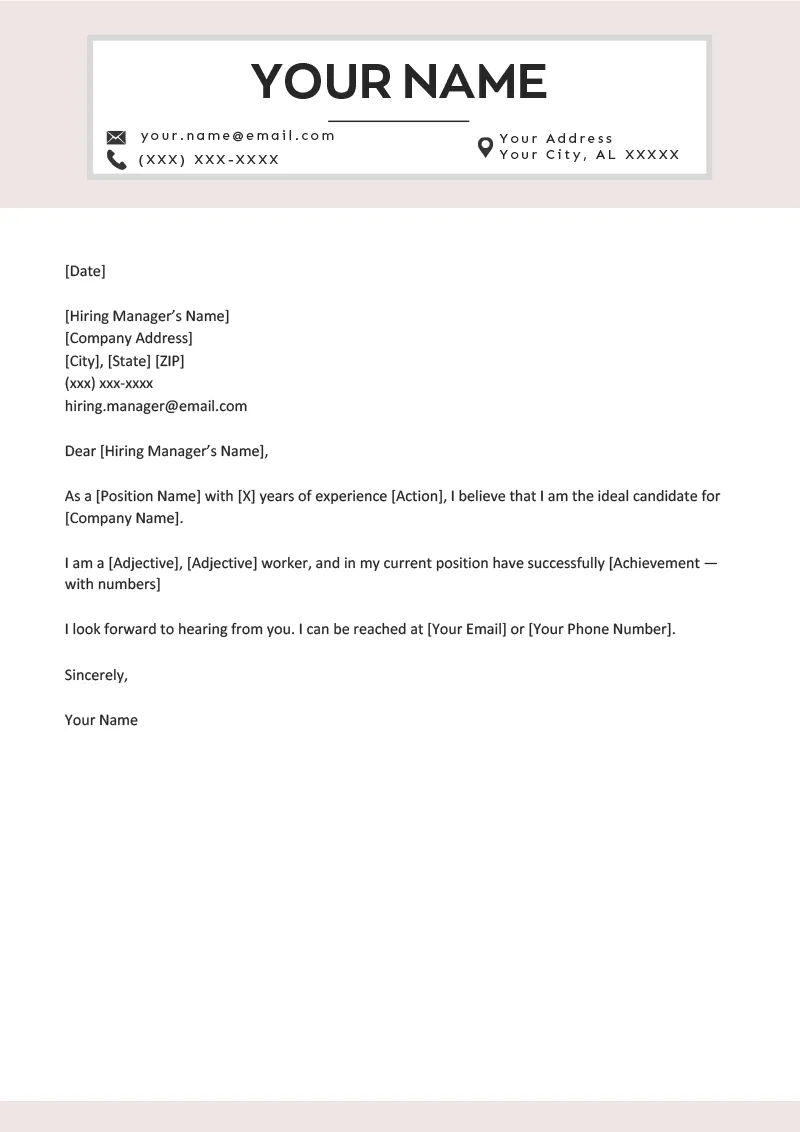
Not all social media platforms are created equal. Identify the platforms where your target audience spends their time. Consider demographics, interests, and industry trends when selecting the right platforms. Focus your efforts on the platforms that align with your brand and where you can engage with your audience most effectively. Popular platforms include Facebook, Twitter, Instagram, LinkedIn, and Pinterest.
Create Engaging Content
Create engaging content that resonates with your audience. This includes visuals, videos, and interactive content that captures their attention. Share your website content, run contests, ask questions, and participate in relevant conversations. Consistency and engagement are critical to building a loyal following. Understanding what your audience likes and tailoring your content accordingly can significantly increase your reach and drive traffic.
Analyze and Track Your Results
To effectively boost website traffic, it’s essential to analyze and track your results. Monitoring your website’s performance allows you to understand what’s working and what’s not. This data-driven approach helps you make informed decisions and optimize your strategies for better outcomes. Using the right tools and regularly reviewing your data is essential to achieving your goals.
Use Google Analytics
Google Analytics is a powerful tool for tracking website traffic and understanding user behavior. It provides detailed insights into your website’s performance, including the number of visitors, page views, bounce rates, and conversion rates. Use Google Analytics to monitor your traffic sources, identify popular content, and analyze user behavior. Setting up goals and tracking conversions will help you measure the effectiveness of your marketing efforts.
Monitor Key Metrics
Monitor key metrics such as website traffic, bounce rate, time on site, and conversion rates. Track the performance of your SEO efforts, content marketing campaigns, and social media activities. Regularly review these metrics to identify trends and areas for improvement. Use data to adjust your strategies and optimize your website for better results. Consistent monitoring will help you refine your approach and drive sustainable traffic growth.
Conclusion
Boosting website traffic is an ongoing process that requires a combination of strategic efforts. By implementing on-page SEO, creating high-quality content, enhancing user experience, leveraging content and social media marketing, and building backlinks, you can significantly increase your website’s visibility and attract more visitors. Remember to consistently analyze your results and adapt your strategies to ensure continued growth. The more consistent and strategic you are, the better your results will be, leading to increased brand awareness, leads, and conversions.
